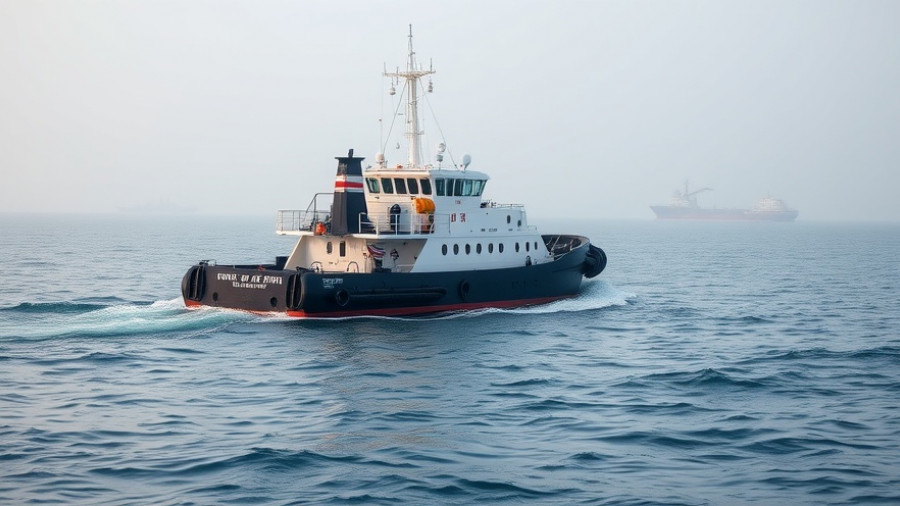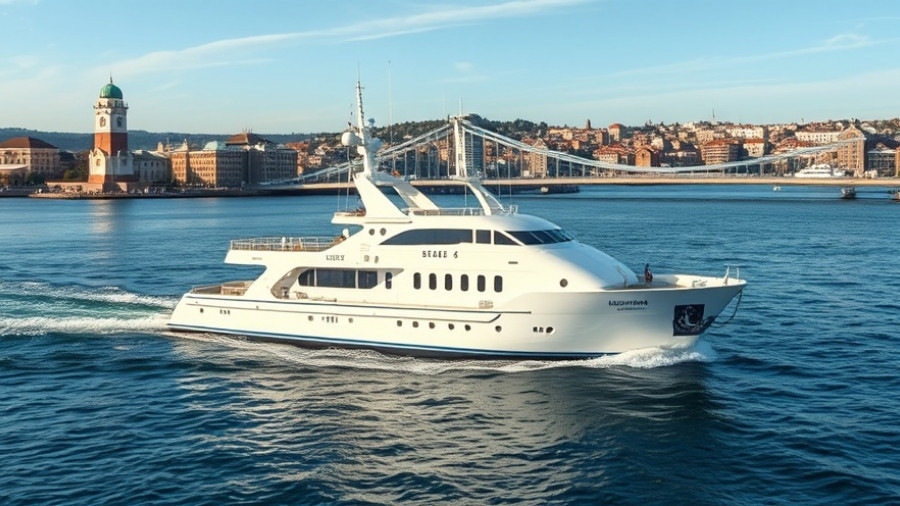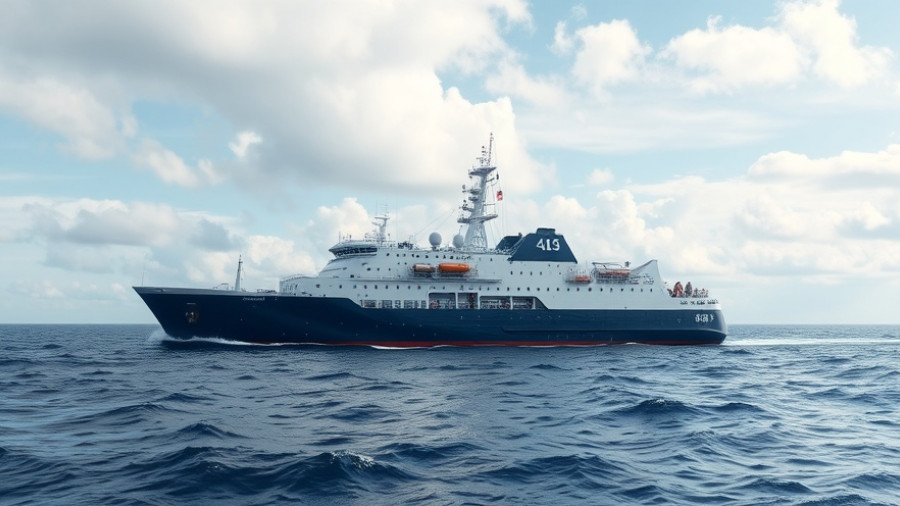
WinGD's New Venture: Taking the Helm in Methane Abatement
WinGD, a giant in marine engine development, has made a bold move by joining the Methane Abatement in Maritime Innovation Initiative (MAMII). With this partnership, WinGD becomes the first engine developer in the coalition, paving the way for a more sustainable future in maritime transportation. The initiative aims to tackle a pressing issue: methane emissions from LNG-fueled ships. As environmental concerns loom, the question is how to effectively manage and mitigate these emissions.
Decoding LNG and Its Emission Challenges
Liquefied natural gas (LNG), primarily composed of methane, is often heralded as a cleaner alternative to traditional fuels. However, its climate benefits hinge on managing methane slip during combustion. Recent advancements show that while the methane slip from WinGD engines has dropped significantly—from 1.7% a decade ago to below 0.8% today—a further reduction to 0.5% or less is underway. This demonstrates a commitment not just to innovation, but to responsibility.
Shared Goals: The Collective Push for Better Solutions
The joining of WinGD in MAMII symbolizes a collective effort across the maritime sector to address methane emissions. As noted by Panos Mitrou, Chair of MAMII, WinGD’s involvement gives the initiative enhanced visibility into innovative practices for continuous improvement. The partnership emphasizes that reducing methane slip requires more than just effective engine technology—it also involves the enhancement of measurement practices, regulation, and certification processes.
Future Predictions: What Lies Ahead for the Industry
As the global shipping industry shifts gears towards sustainability, partnerships like that of WinGD and MAMII could very well shape the future landscape. The urgency to address methane emissions suggests that regulatory bodies will increasingly prioritize emissions management as fundamental to shipping operations. This may lead to stricter regulations and reflect a growing demand for transparency in emission tracking.
Why It Matters: The Societal Impact of Cleaner Shipping
The implications of taking on methane emissions extend far beyond green checkmarks. For communities reliant on maritime transportation, this initiative could lead to healthier air quality and a reduction in overall greenhouse gases. Such advancements resonate with global goals to combat climate change and pave the way for innovations that embrace sustainability.
Challenges Ahead: Navigating the Road to Decarbonization
Despite the positive strides, the journey to significantly lower methane emissions is fraught with challenges. There’s a need for a multi-faceted approach that encompasses technological, regulatory, and financial considerations. Acknowledging the risks and obstacles will be crucial as the maritime industry endeavors to balance operational viability and environmental responsibility.
In Conclusion: The Call for Action Toward a Sustainable Future
The collaboration between WinGD and MAMII is a critical step in the right direction, and it raises the question for the maritime sector: how can we further innovate to combat environmental challenges? As industry leaders come together to share knowledge and resources, it reinforces the notion that through collaboration, climate change can be tackled effectively. There has never been a more pivotal moment for the maritime sector to embrace innovation and collective action towards emissions reduction. The future of shipping depends on it.
 Add Row
Add Row  Add
Add 




Write A Comment